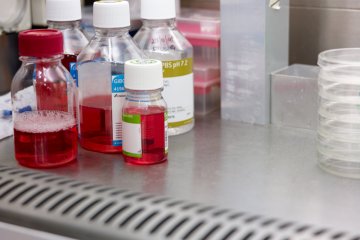Project grant
The snail assay as an alternative to the rodent Hershberger assay for detecting androgens and anti-androgens

At a glance
Completed
Award date
November 2009 - June 2013
Grant amount
£544,488
Principal investigator
Dr Susan Jobling
Co-investigator(s)
- Dr Catherine Jones
- Dr Leslie Noble
- Dr Edwin Routledge
Institute
Brunel University
R
- Replacement
Read the abstract
View the grant profile on GtR
